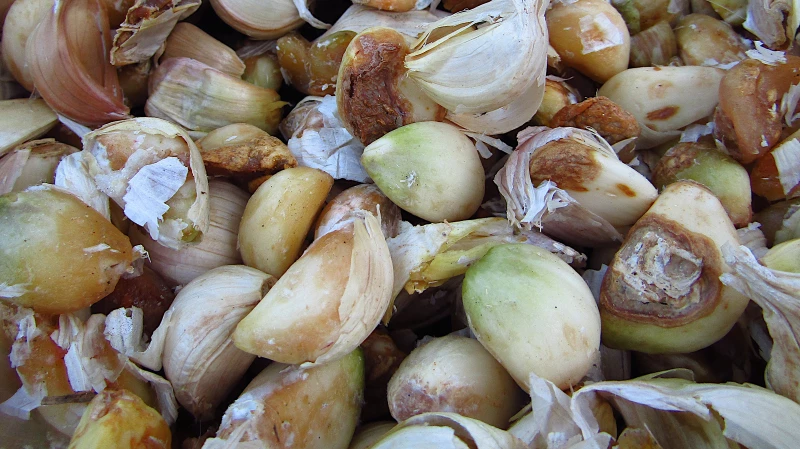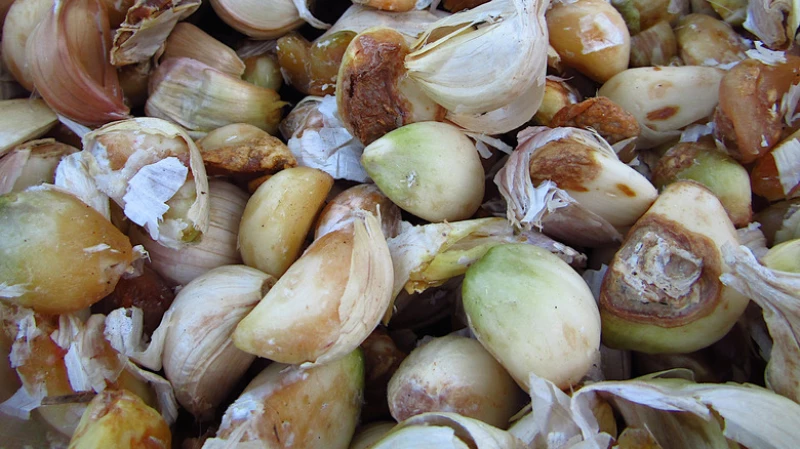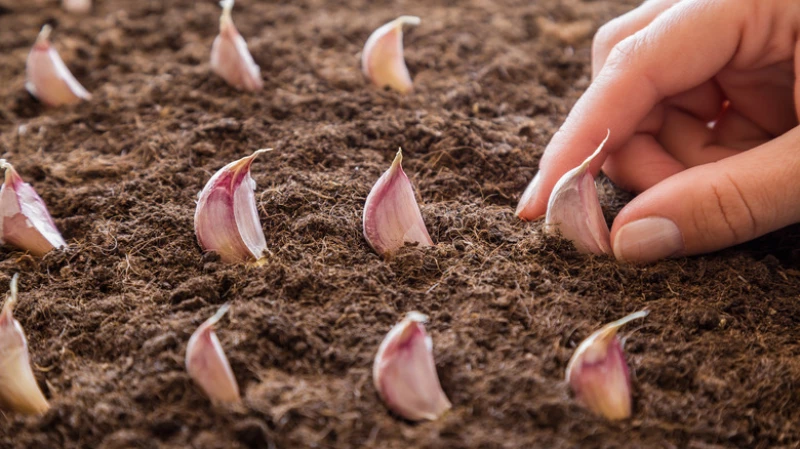Garlic: A Flavorful and Low-Maintenance Addition to Your Garden
Garlic has long been known for its ability to enhance the flavor of any dish. Not only does it add a little bit of zest, but it also offers a natural way to fertilize the soil in your garden. With minimal care required, garlic is a great addition to any garden.
However, one issue that garlic growers often face is pests. Bulb mites, in particular, can be a major nuisance. These shiny creamy white pests feed on the outside of bulb crops and can leave scars on the cloves, causing stunted growth and drying out the crop.
To prevent bulb infestations, it is important to take proactive measures. Incorporating beneficial insects into your garden and cleaning your cloves before planting can help reduce the risk of pest infestations.
Inspect garlic cloves and treat them if necessary
Gardeners most commonly propagated garlic by planting cloves from the bulbs rather than using seeds. While choosing which cloves to plant, first inspect the bulb for any possible mites, and be sure to look under the plant's roots where they like to feed — a good sign that bulb mites have infested your bulb is that it will have soft spots and start to turn yellow.
If you do find bulb mites and still intend to use the cloves, there are a few relatively easy ways to get rid of them. For one, you can soak the cloves in hot water heated to about 130 degrees Fahrenheit for at least 10 (and up to 20) minutes, which will sterilize the bulbs and kill the mites, as recommended by the University of Maryland Extension. However, keep in mind that hot water treatments reduce the quality of the cloves by decreasing germination. Another option they recommend is soaking the bulbs for a full day in a soap-and-mineral oil solution, using about 2% of each, before planting.
Introduce predatory mites to your crop and keep fields clean by rotating plantings
Unfortunately, there's no good effective pesticide to get rid of bulb mite infestations; therefore, it is important to work with nature by incorporating beneficial insects and rotating crops, which will help keep your soil clean. As far as beneficial insects go, you can introduce a predatory mite called Cosmolaelaps claviger. Once introduced to the soil, they will start eating bulb mites.
Since bulb mites can live on decaying crop residue, techniques such as temporarily flooding fallow fields and rotating to non-host crops can reduce the chances of an infestation. Non-host crops are crops that cannot support a specific pest. In this case, it is recommended to avoid planting garlic after Brassica species such as broccoli and cabbage and avoid corn or grain rotations too. Rotating your vegetable garden crops is incredibly easy — just make sure what you choose to rotate with supports garlic.
Finally, after harvesting your garlic, be sure to properly store it. Bulb mites thrive in moist environments that are over 50 degrees Fahrenheit. Be sure to store garlic in a dry and cool dark place that has plenty of air circulation, and a temperature between 60 to 65 degrees. If you happen to damage your garlic when handling it, throw it out because bulb mites will be attracted to the soft surface.
In four-season climates, garlic is planted in the fall for a summer harvest. It's a great vegetable to have in a home garden, and with a little extra care, you can keep bulb mites away.









